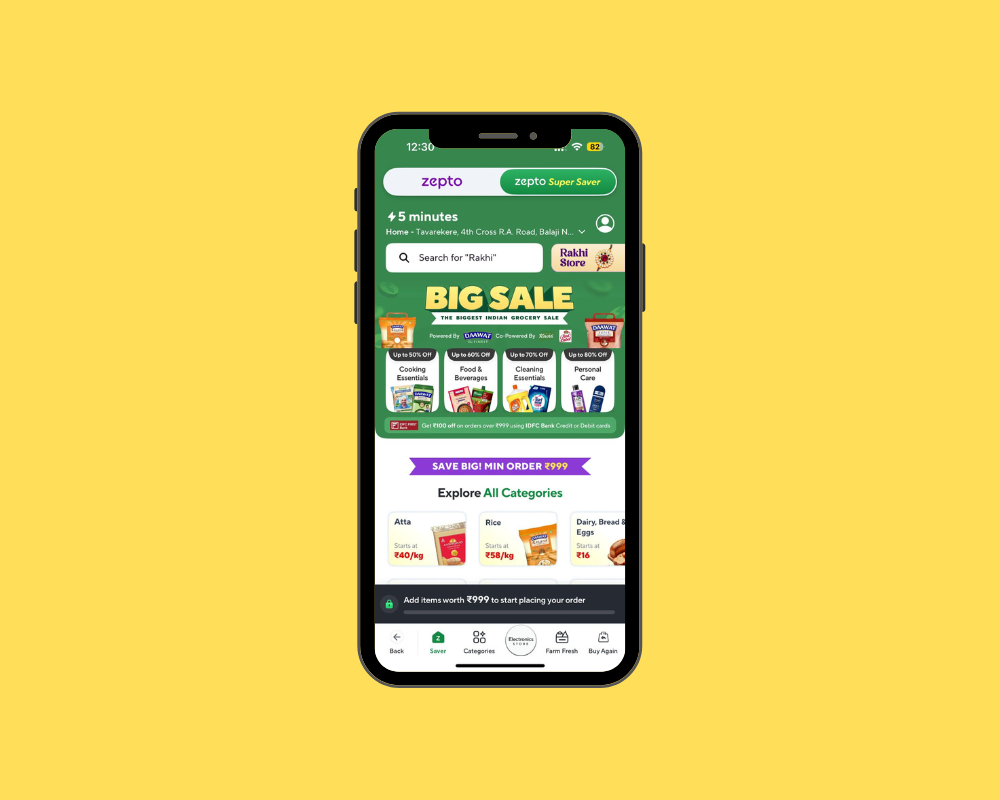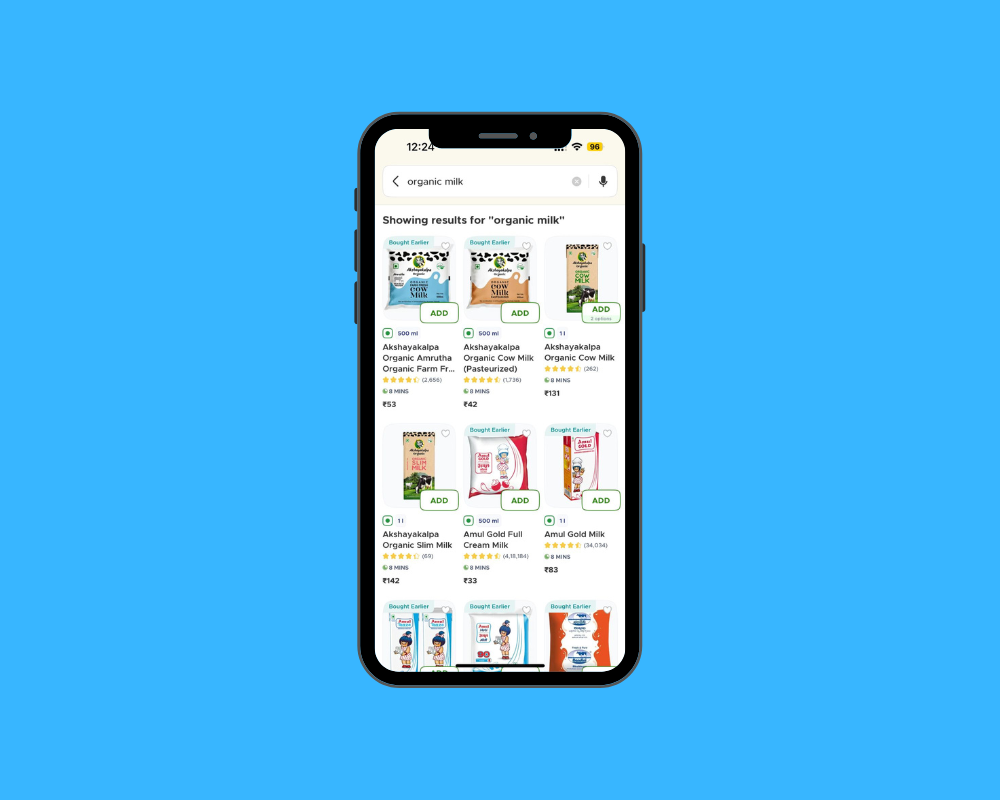Quick commerce in India isn’t just scaling, it’s reshaping the retail playbook. Blinkit crossed 1.65 million daily orders in 2024. Zepto, now valued at $5B, promises sub-10-minute delivery across major metros. But while most brands obsess over category leadership, the real competition has shifted.
In quick commerce, you're not just fighting for shelf space, you are fighting for fulfillment speed, and algorithmic visibility within a 2 km delivery radius. Your Instagram may build recall, but on Blinkit or Zepto, it’s your SKU’s availability in high-performing dark stores, its add-to-cart rate, and its conversion velocity that determine whether it’s surfaced or silently buried. This is a dynamic, hyperlocal, and unforgiving ecosystem. Growth doesn’t come from brand equity alone. It comes from precision at the last mile. So how do you scale, SKU by SKU, in this fast ecosystem?
1. Redefine SKU Health for the 10-Minute World
In quick commerce, SKU performance doesn’t hinge on national averages, it hinges on hyperlocal context. Your top-line numbers may look healthy, but the real levers lie in understanding why a product underperforms despite visibility in a specific cluster. This means shifting your lens from revenue and impression metrics to SKU-specific ATC% by zone, repeat rate, and how well stocked that SKU is in your highest throughput dark stores.
Say you're a beverage brand, if your 250ml coconut water SKU is underperforming, don’t pull it , study why your 500ml tender coconut with pulp is converting. It ranks well under “cooling drinks” organic ranking is high in the morning, performs in zones like Bandra and Gurgaon, and fits under key price bands. In contrast, the 250ml variant is mis-tagged, mis-timed, and mispriced. Reposition it using the winning SKU’s context: update tags, shift time slots, adjust price. Use your best-performing SKU as a blueprint for fixing the worst.
2. Map Discoverability at the Pincode-Tile Level
Unlike Amazon or traditional e-commerce, discovery in quick commerce is driven by limited tile visibility typically just 4 to 6 product slots per screen. If your SKU isn’t ranking in that initial grid, it’s effectively invisible to the customer, no matter how strong your inventory or pricing is.
This makes pincode-level tracking essential. Measuring average visibility across cities won’t help because algorithms in quick commerce respond to local demand, dark store availability, and app behavior within a 2–3 km radius. Challenger brands need to audit where their SKUs surface, when, and under what tags. Are you consistently visible under high-intent search terms like “evening snack” or “protein snacks”? Or are your SKUs only appearing when searched directly?
Equally important is identifying geo-tag overlap gaps, areas where your products are seen but not converting. This mismatch often points to poor positioning, misaligned keyword tags, or wrong usage context.
By mapping discoverability down to the zone and time-slot level, brands can identify high-potential ad blind spots, course-correct keyword strategy, and unlock more efficient shelf real estate, without additional media spend.
3. Fix Your Weighted Availability Blind Spots
In quick commerce, not all dark stores contribute equally, in fact, a handful of high-velocity stores could drive 50–60% of your revenue in a city. But most brands still track availability as a flat, national percentage, missing where it actually matters: are your top SKUs consistently stocked in the highest-performing stores? That’s what weighted availability measures, not just whether your product is listed, but whether it’s reliably available in the right stores, at the right hours, during the highest demand windows.
Start by identifying your top-selling store clusters, often Tier-1 metro neighborhoods with dense, repeat-order behavior. Then monitor how often priority SKUs are out of stock in those zones, especially during peak consumption hours (e.g., 7–10 a.m. for dairy, 5–8 p.m. for impulse snacks). Even small gaps in these windows can tank momentum.
Also factor in inventory lag, how long it takes for stock to move from your warehouse to the edge dark store. A product that’s listed but perpetually unavailable during peak time is worse than not being listed at all.
4. Use Micro-Experiments to Surface Dormant Winners
As a performance marketer in quick commerce, you’re not just managing visibility, you’re decoding what the algorithm overlooks. Often, promising SKUs underperform not due to lack of demand, but due to poor context or placement. That’s where micro-experiments come in.
If you’re a brand trying to break into a non-native market, run micro-experiments to localize placement and drive contextual relevance. Say you’re a South Indian snack brand selling banana chips and murukku on Blinkit in Delhi NCR. While banana chips may perform well, murukku could struggle due to low awareness. Instead of pulling the SKU, reposition it under a more familiar consumption keyword, like “Tea-Time Snacks.” Target visibility in neighbourhoods with a higher South Indian population density and time the push around peak snacking hours (4–7 p.m.) to improve ATC rates and trigger organic surfacing. A 72-hour test like this helps the algorithm learn where your product belongs and gives the SKU a second life.
Because in q-commerce, you’re not just selling a product.
You’re selling momentum - per pincode, per minute.







